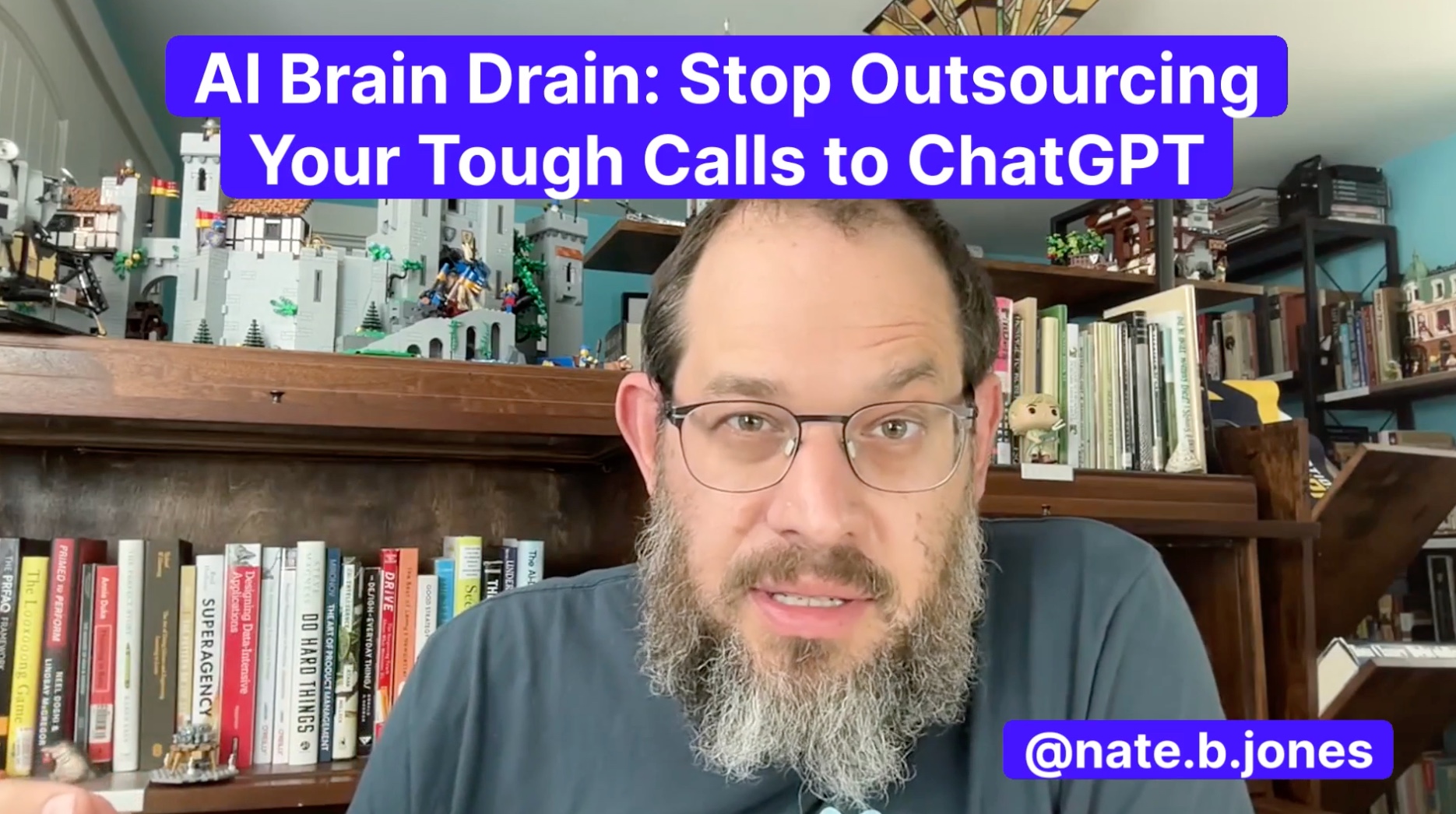The anxiety we feel when making financial decisions isn't just a money issue—it's a universal human challenge. The temptation to outsource difficult choices to AI isn't because we're incapable; it's because decisions inherently come with uncertainty, and AI promises to remove that discomfort. But when we hand over the steering wheel, we also hand over our opportunity to grow.
This isn't just about money. The broader frame here is how we use AI prompts, why we phrase questions the way we do, and the hidden psychological needs behind those questions. This piece explores a fundamental shift from asking AI to "tell us what to do" toward leveraging AI to help us understand the options more clearly. The distinction matters in every domain—whether you're a lawyer researching case law, a marketer planning a campaign, or a student crafting an essay.
To illustrate this distinction concretely, I've taken it beyond theory into real-world stakes. I've put actual money—$2,000—on the line across platforms like Kalshi and Robinhood, testing structured prompts across different AI models including Grok 4, Claude Opus, and GPT-o3 Pro.
These prompts aren't about seeking advice; they're meticulously crafted to produce deep analytical insights. After 90 days, we'll see which AI frameworks provide genuine clarity and actionable analysis when real consequences are at stake.
In addition, I’ve put down 7 real prompts to help you think through various solutions with AI as an analzyer—not a decider. Here they are:
Cash-Flow Scenario Mapper — Directs surplus.
Helps you see how different allocation plans (liquidity-first, balanced, growth-tilt) change your runway and risk.
Portfolio Drift & Rebalance Simulator — Keeps allocations honest.
Quantifies drift, shows “do nothing” vs. minimal-trade scenarios, and estimates costs so you rebalance only when it’s worth it.
Offer & Compensation Benchmark Analyzer — Turns offers into data.
Benchmarks base, bonus, equity, and surfaces high-leverage asks before you sign—or negotiate.
Scenario-Based Life-Planning Forecaster — Maps big forks in the road.
Compares multi-year net-worth paths (stay vs. move, sabbatical, etc.) with QoL scores and sensitivity to shocks.
Debt Payoff Scenario Simulator — Kills interest strategically.
Runs avalanche, snowball, and liquidity-first tactics, showing debt-free dates and total interest saved without draining reserves.
Retirement Gap & Glide-Path Modeler — Stress-tests your future paycheck.
Monte-Carlo odds of not running out of money, funding gaps in today’s dollars, and alternative glide paths to improve success.
Equity & Dilution Scenario Modeler — Protects founder ownership.
Projects post-round stakes, exit waterfalls, and IRRs so you know exactly what each fundraising step costs in control and upside.
What can you learn in these pages: very simply, how to use AI as a tool for difficult analyses without using it as a substitute for human decision-making.
In the pages ahead, you'll find specific prompts and examples that highlight the difference between passive advice-seeking and active analytical thinking. You'll learn how to structure your interactions with AI to enhance your decision-making skills rather than diminish them.
Because ultimately, the best way to use AI isn't to eliminate uncertainty—it's to become comfortable with it, turning ambiguity into clarity, and making smarter, more confident choices in every area of your life.
Listen to this episode with a 7-day free trial
Subscribe to Nate’s Substack to listen to this post and get 7 days of free access to the full post archives.













